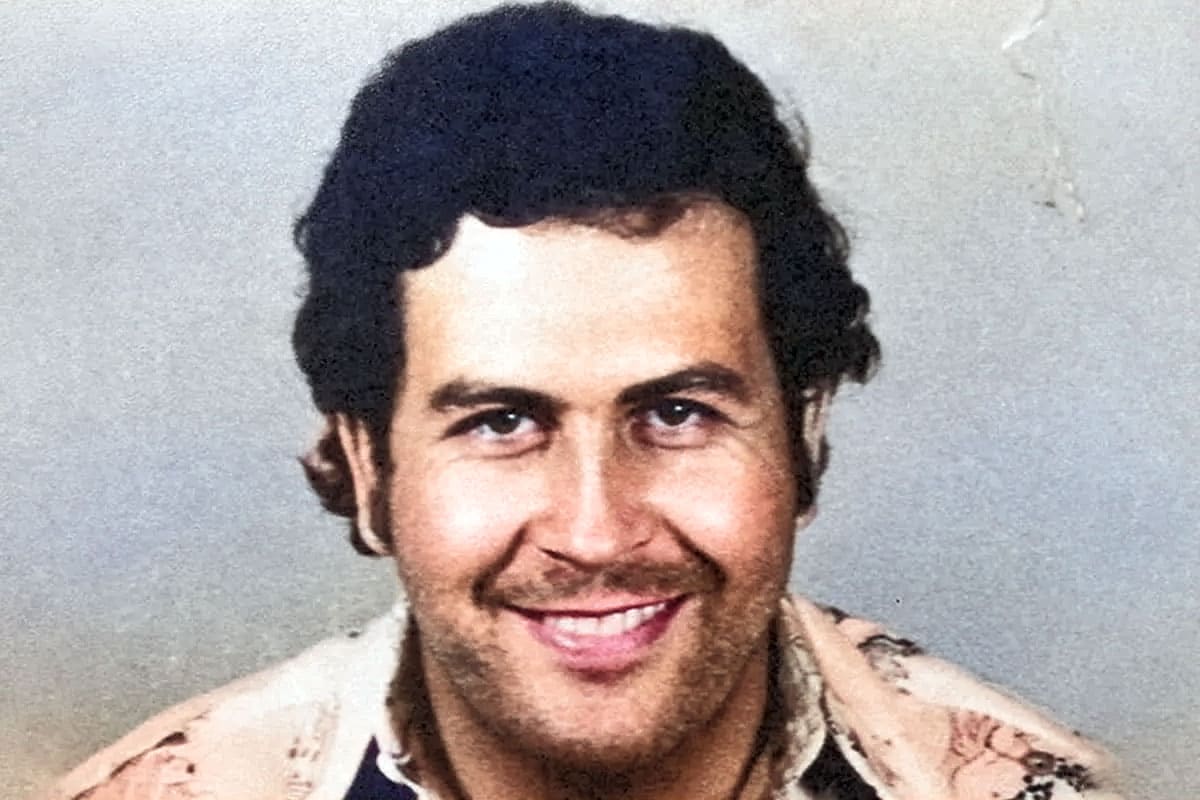Pablo Escobar Meets His End in a Deadly Rain of Bullets
The hunt for the world's most notorious drug lord ends on a rooftop in Medellín.

“Everyone has a price, the important thing is to find out what it is.”
— Pablo Escobar
Pablo Escobar was an infamous Colombian drug trafficker who was one of the most powerful criminals of his time. He began his criminal career by stealing cars and would end up building a drug empire worth more than $30 billion.
Personal life
Escobar had a family that loved him. His wife, María Victoria Henao, stood by his side through the chaos, marrying him in 1976 when she was just 15 years old. The couple had two children: Juan Pablo (later known as Sebastián Marroquín) and Manuela.
How did Pablo Escobar die?
As the Colombian government, backed by the United States, increased efforts to bring Escobar to justice, the drug lord’s empire began to crumble. After escaping from his luxurious prison, La Catedral, in 1992, Escobar went into hiding, evading capture for over a year. But the net was closing in, with Colombian National Police, the Search Bloc, and U.S. agents all hunting him down.
Escobar’s final moments came on the rooftops of Medellín. On December 2, 1993, authorities cornered him after a fierce firefight. Escobar attempted to flee across the rooftops of a Medellín neighborhood, but Colombian police gunned him down in a rain of bullets. Bullets hit him in the torso and feet, and a bullet struck him in the head, killing him.
His death was not only the end of a criminal empire but also a significant moment in the fight against drug cartels that had torn the country apart for decades.
Final resting place
The slain kingpin’s grave is in Medellín, Colombia, at a cemetery called Cementerio Jardines de Montesacro. There, he lies in a private family plot, and his tombstone is relatively modest.
The cemetery contains several graves of Escobar’s family members. Visitors to his grave often leave flowers, notes, or even money.